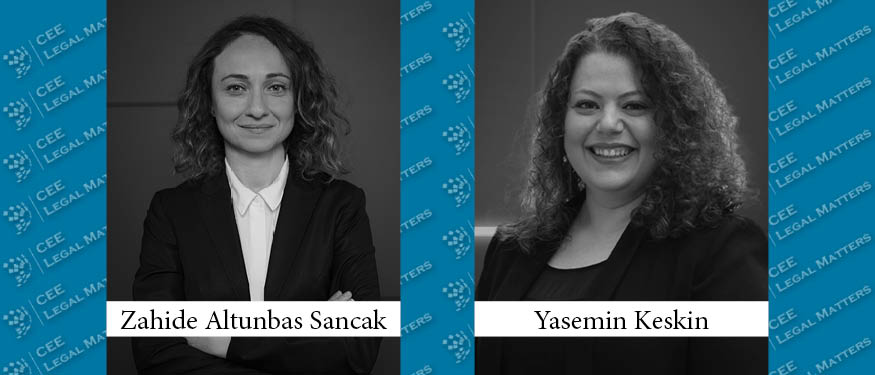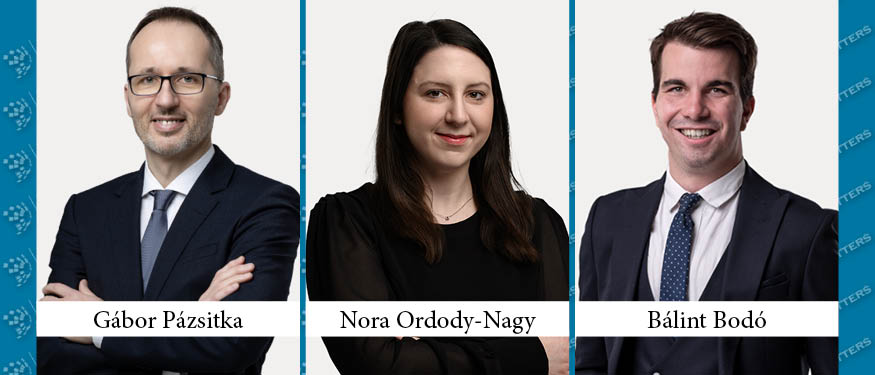Public-private partnerships (PPPs) are cooperation agreements between public and private sectors for providing public services traditionally provided by the state and funded by taxpayers. These partnerships involve sharing investments, risks, liabilities, and revenue between the parties, ensuring public welfare by addressing economic challenges in essential sectors. PPPs offer an alternative approach to traditional state-financed projects, allowing faster and more efficient construction of large-scale projects.
The above holds especially true in the development of critical energy infrastructure, which has historically been at the forefront of PPPs in Turkiye. The country enacted the first Electricity Build-Operate-Transfer (BOT) Law No 3096 published in the Official Gazette dated December 19, 1984, and numbered 18610 as its first BOT law, and later adopted the model in further sectors with further domestic legislation. Today, Turkiye is one of the leading countries using PPPs investments for critical infrastructure development, with a total contract value of USD 19.7 billion between 1986 and 2021 for the development of energy assets.
While traditional PPP models such as BOT and Build-Own-Operate (BOO) for energy projects are still permissible and viable under Turkish law, the sector was further liberalized in the 2000s with the enactment of Electricity Market Law No. 4628 published in the Official Gazette dated March 3, 2001 and numbered 24335 (Repeated) and its successor Electricity Market Law No. 6446 published in the Official Gazette dated March 30, 2013 and numbered 28603. With these reforms, private sector actors now can act directly in the energy market, essentially resulting in PPPs in the sector gradually moving away from traditional PPP models to more modern agreements. As a result, besides the traditional mega-project PPP models, a conventional loan structure model and borrowing base model are now also common project financing structures in Turkiye for energy infrastructure projects.
New Models in Renewable Energy
As Turkiye continues to liberalize its energy sector, there is a noticeable shift toward renewable energy, creating a fertile landscape for a new type of PPP. Unlike traditional energy projects which have gradually moved toward liberal market practices, green energy initiatives are increasingly supported by government incentives and initiatives, marking a significant evolution in the way public involvement is conceptualized in the Turkish energy sector.
In this context, while the framework was developed much earlier and incentives have been in place regarding license applications, annual licensing fees, and taxes, the first concrete step was taken in the form of the Renewable Energy Support Mechanism (YEKDEM), which provides feed-in tariffs in the form of above-market purchase guarantees for renewable energy projects put into operation before 2021, essentially providing a public guarantee for the long-term stability and cashflow for the project.
The YEKDEM model was then followed up with the Renewable Energy Resources Area (YEKA) model. According to the YEKA Regulation published in the Official Gazette dated October 9, 2016 and numbered 29852, the Ministry of Energy and Natural Resources (Ministry) determines an area as a YEKA zone and opens it up to investment via engaging potential investors by public tender. The tender then proceeds with the reverse bidding model, where the lowest bidder has the right to conclude a YEKA Usage Rights Agreement with the Ministry. Under the YEKA Usage Rights Agreement, just like in the YEKDEM model, the investment is guaranteed with a feed-in tariff and a 15-year purchase commitment.
Conclusion
Turkiye, as a country highly exposed to climate change due to its geographical location and natural resources, committed to transitioning to a low-carbon economy by becoming a signatory to the Paris Agreement and setting an ambitious target of achieving net-zero emissions by 2053 and prepared the Green Deal Action Plan to align with the EU. Moreover, the country has set ambitious concrete goals for the near future to substantially increase its renewable energy, which are expected to comprise 64.7% of the total installed capacity, according to the National Energy Plan published by the Ministry.
All in all, the current regulative and economic framework in Turkiye, along with its strong PPP tradition and its commitments to green energy, has created an environment of new opportunities for foreign and local investors looking into the energy sector. By taking concrete steps in renewable energy with the YEKDEM and YEKA models, Turkiye is not only moving toward the goals set forward by the Paris Agreement and the Green Deal Action Plan but also opening a new avenue for PPP in energy and creating new opportunities for investors.
By Zahide Altunbas Sancak, Partner, and Yasemin Keskin, Senior Associate, Guleryuz Partners
This article was originally published in Issue 11.5 of the CEE Legal Matters Magazine. If you would like to receive a hard copy of the magazine, you can subscribe here.















